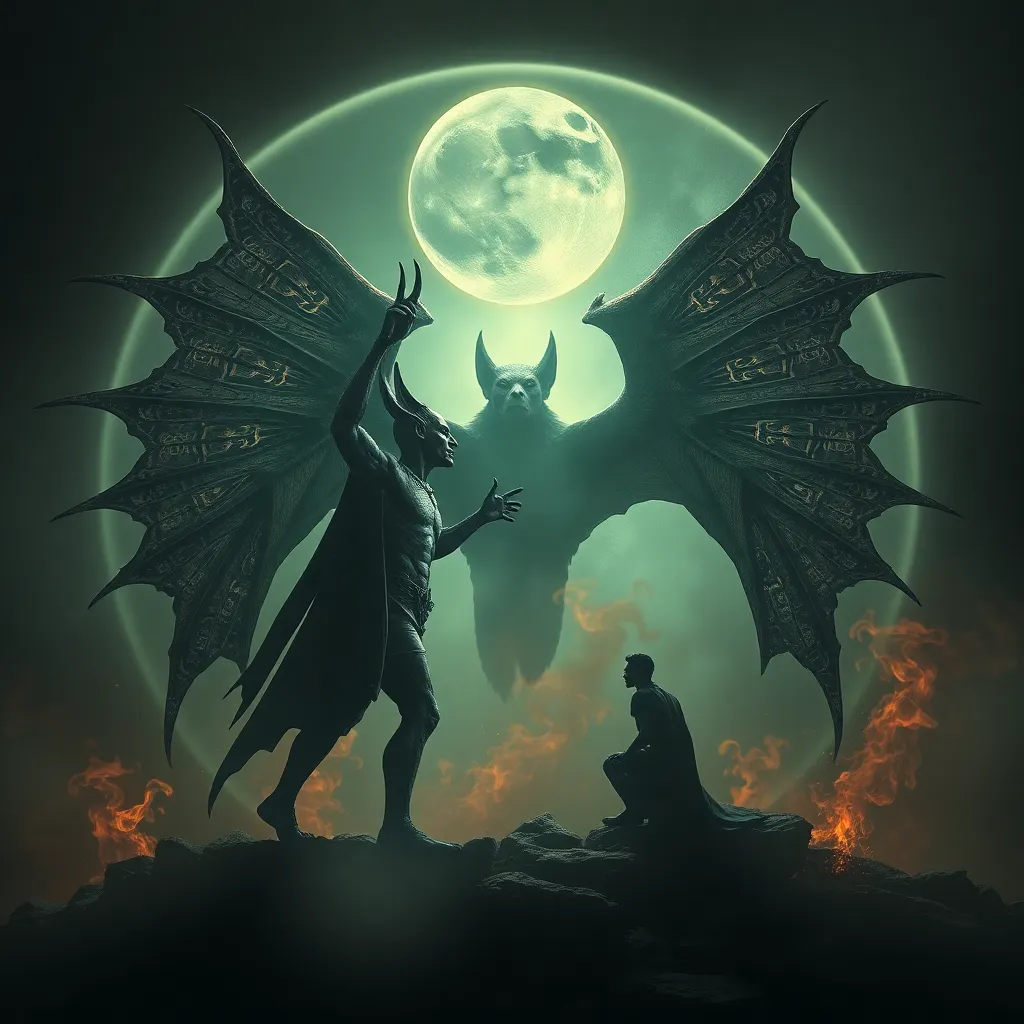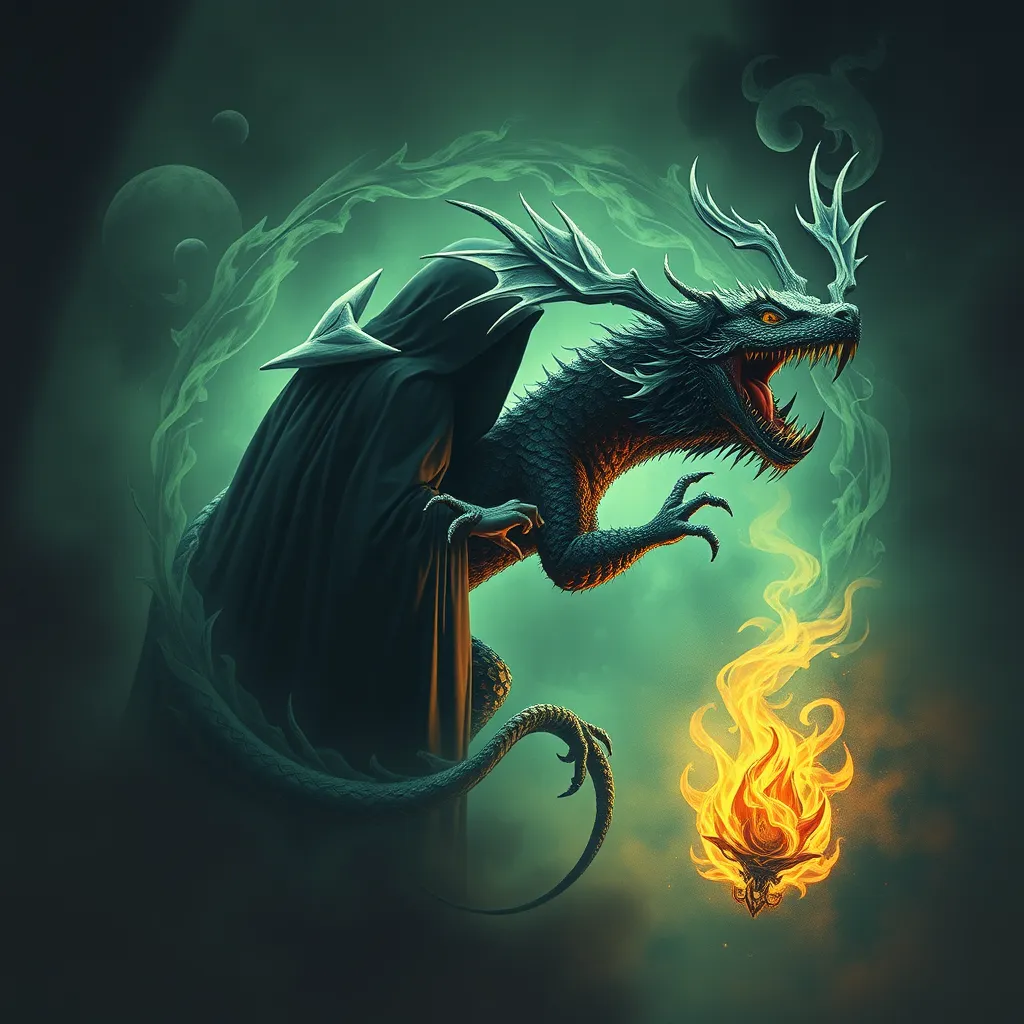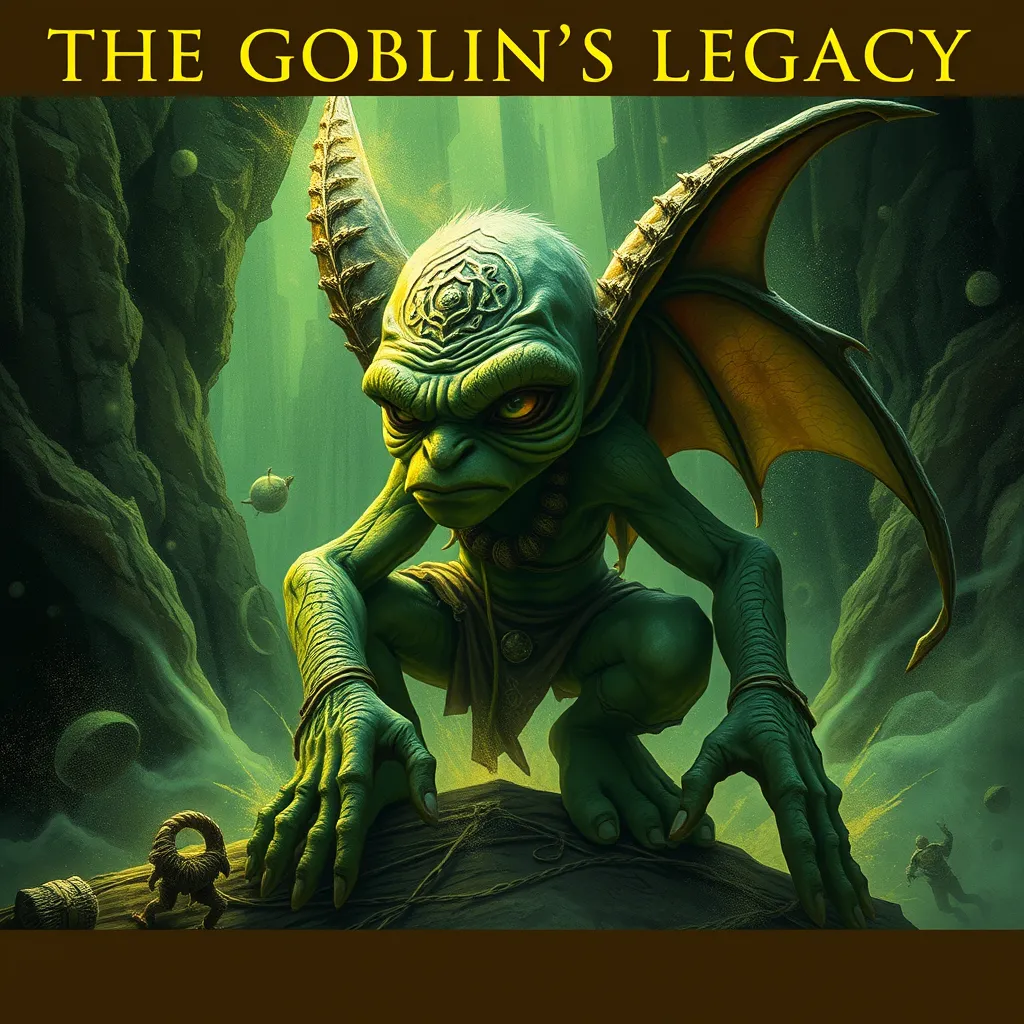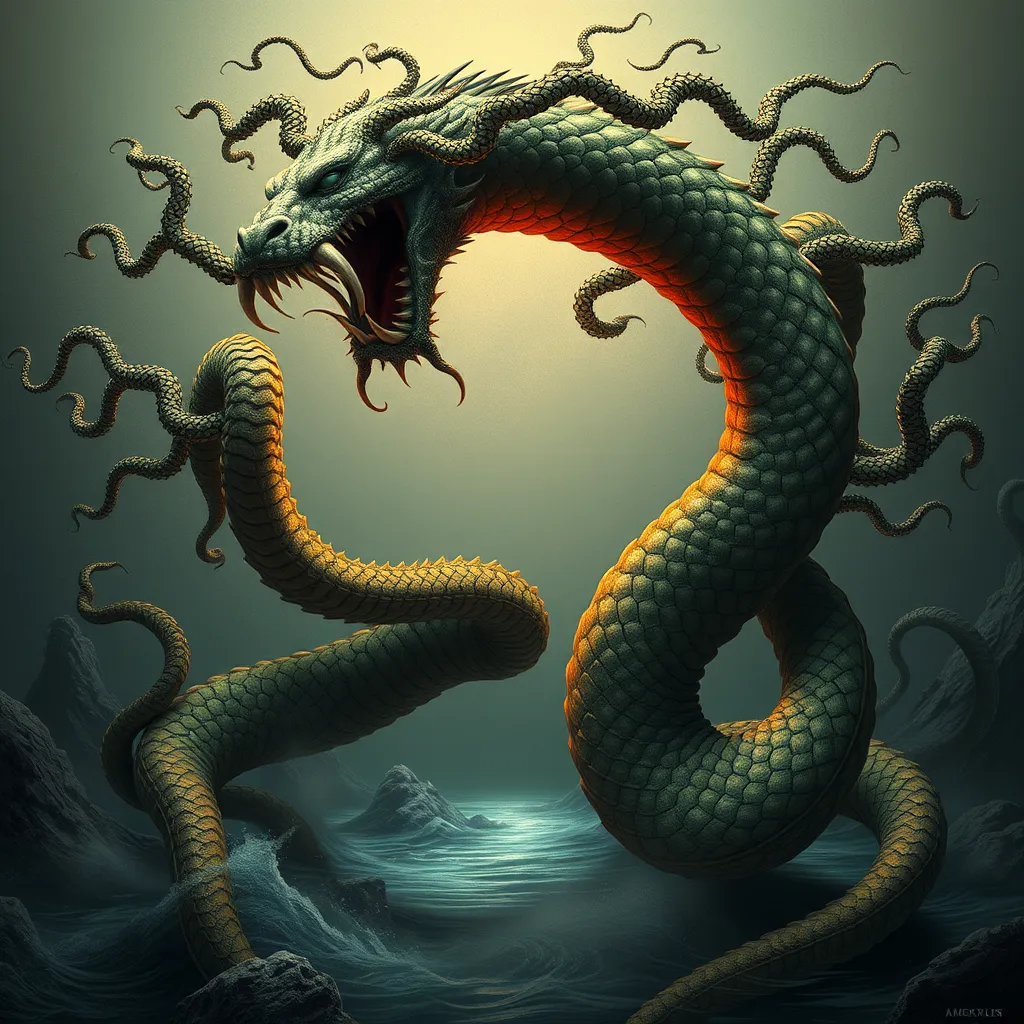The Bat God and the Human Psyche: Exploring the Psychological Significance of Camazotz’s Symbolism
I. Introduction
The figure of Camazotz, a bat god in Maya mythology, serves as a potent symbol that intertwines elements of fear, transformation, and the underworld. In understanding Camazotz, we delve into the deep psychological layers of human experience, revealing how ancient symbols can inform our modern psyche.
Symbolism plays a crucial role in psychology, offering insights into our unconscious mind and emotional frameworks. This article aims to explore the psychological significance of Camazotz, examining how this mythological figure can reflect and influence our understanding of ourselves.
II. Historical Context of Camazotz
Camazotz originates from the rich tapestry of Maya mythology, where he is often depicted as a fearsome bat-like deity. His name translates to “death bat,” highlighting his associations with death and the afterlife.
In ancient Mesoamerican cultures, bats were revered and feared simultaneously. They were seen as creatures of the night, often linked to fertility, darkness, and the underworld. Bats played a significant role in the ecosystem, symbolizing the duality of life and death.
In this context, Camazotz embodies these themes, representing the cyclical nature of existence, where death leads to rebirth and transformation.
III. Symbolism of the Bat in Mythology
Across various cultures, bats have been interpreted in diverse ways, often embodying complex symbolism:
- Transformation and Rebirth: Bats undergo metamorphosis, emerging from the darkness of caves to the light of day, symbolizing personal growth and renewal.
- Duality of Fear and Fascination: While bats can evoke fear due to their nocturnal nature, they also fascinate us, representing the unknown and our hidden fears.
This duality makes bats powerful symbols in mythology, illustrating the complexities of the human psyche and our relationship with fear and the unknown.
IV. Psychological Archetypes and Camazotz
To understand the psychological implications of Camazotz, we can turn to Carl Jung’s concept of archetypes. Jung proposed that certain universal symbols and themes recur across cultures, reflecting shared aspects of the human experience.
Camazotz can be seen as a manifestation of the Shadow archetype, representing our darker, repressed aspects. Jung argued that confronting the Shadow is essential for personal growth, as it allows individuals to integrate their fears and insecurities.
By acknowledging the presence of Camazotz within us, we can begin to confront our fears and embrace the entirety of our being, leading to greater self-awareness and transformation.
V. Camazotz in Modern Psychology
In contemporary psychological frameworks, Camazotz serves as a metaphor for the challenges individuals face when dealing with their inner demons. The symbolism of the bat god can be applied to various therapeutic practices, fostering self-exploration and healing.
For example, certain therapeutic approaches incorporate mythological figures like Camazotz to help individuals navigate their fears and traumas. Case studies have shown that exploring these symbols can facilitate breakthroughs in understanding one’s psychological struggles.
Moreover, the role of myth in understanding human behavior is increasingly recognized in psychology, with symbols like Camazotz providing insight into our motivations and emotional responses.
VI. Cultural Representations of Camazotz
Camazotz has been depicted in various forms of literature, art, and media, reflecting societal fears and desires. From ancient texts to modern adaptations, the bat god’s imagery continues to resonate.
- Literature: In modern novels, Camazotz is often featured as a symbol of the struggle against darkness and the journey towards self-acceptance.
- Art: Artists depict Camazotz in ways that highlight the tension between fear and beauty, capturing the essence of transformation.
- Media: Films and television shows utilize Camazotz-like characters to explore themes of identity, fear, and the struggle for redemption.
These cultural representations not only reflect societal anxieties but also serve as a mirror for our own psychological battles, making Camazotz a relevant figure in modern narratives.
VII. Implications for Personal Growth and Self-Discovery
Embracing the darker aspects of our psyche, as represented by Camazotz, is essential for personal growth. The lessons from this mythological figure encourage individuals to confront their fears and integrate their shadow self.
Some techniques for personal development inspired by Camazotz include:
- Self-Reflection: Engage in practices like journaling or meditation to explore your fears and the aspects of yourself you may be avoiding.
- Creative Expression: Use art, writing, or music to express and process your emotions, allowing for transformation and healing.
- Therapeutic Exploration: Consider therapy as a space to confront your inner Camazotz and work through personal challenges.
By integrating these practices, individuals can embark on a journey of self-discovery, transforming their relationship with fear into a source of strength and empowerment.
VIII. Conclusion
In summary, the psychological significance of Camazotz extends beyond mythology, offering profound insights into our inner worlds. By examining this bat god’s symbolism, we uncover the complexities of the human psyche and the importance of confronting our fears.
The enduring relevance of mythological figures like Camazotz in understanding the human experience underscores the timeless nature of these symbols. They remind us that the journey of self-discovery is often fraught with darkness, yet it is through embracing these shadows that we find our true selves.
Ultimately, the interplay between mythology, psychology, and personal growth offers a rich landscape for exploration, encouraging us to engage with the full spectrum of our human experience.



